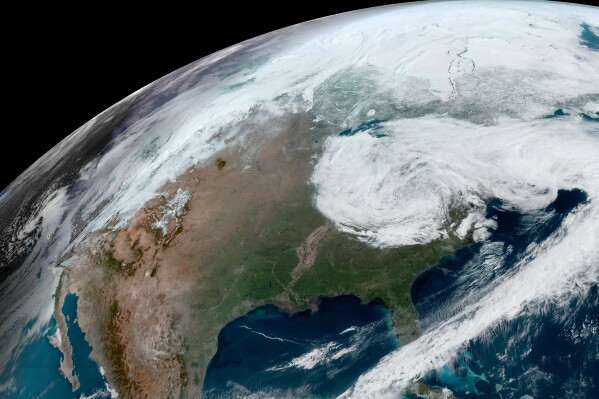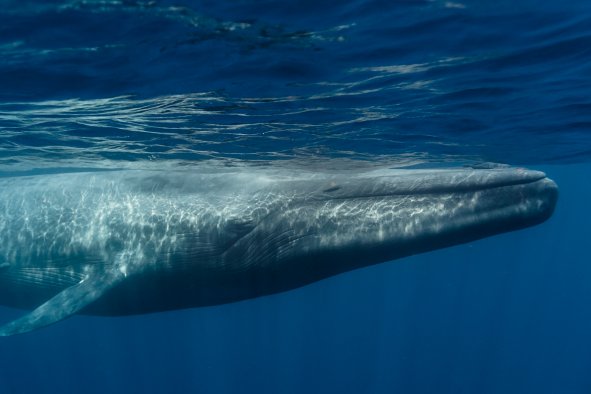If you're looking to book a last-minute trip to take in Monday's total solar eclipse, good luck.
A data-visualization created by AirDNA, a company that tracks and analyzes short-term rentals on platforms like Airbnb and VRBO, and shared with Newsweek shows sky-high occupancy rates for rentals in cities that are within the eclipse's path of totality.
More than 2,300 cities in Mexico, the U.S., and Canada are in the path and also have active short-term rentals listed on those platforms—making up about 110,000 listings in total, according to AirDNA. Among the biggest cities are Dallas (95% occupancy), Indianapolis (94%), Cleveland (98%), and Niagara Falls, N.Y. (98%).
Short-term rentals in Jeffersonville, Vermont, where the weather on Monday afternoon is expected to be among the most conducive for viewing along the entire path of totality, are more than 99% occupied.
All told, cities within the path are seeing a 207% increase in bookings next week, compared to the same week last year, according to AirDNA. Cities that will experience at least a partial eclipse are experiencing a much smaller, but still significant, 22% spike in demand.
New Hampshire and Missouri are seeing the highest year-over-year increases in bookings at 514% and 338%, respectively. States outside the path are up about 4% compared to last year.
For Airbnb hosts who happen to own properties under the eclipse's path, the celestial event has been an unexpected but welcome boon for business.
Katie Shields, who rents out Cole's Moosehorn Cabins in an unorganized territory just outside of Millinocket, Maine, told Newsweek that the interest in her properties has been unusually high for the time of year, given that the region is in the middle of what she referred to as "mud season."
Shields said requests to book for the week of April 8 started to pour in starting last September.
The Airbnb host said the eclipse was coming at "a perfect time of year to make a big impact on area businesses," though she wonders where all the eclipse tourists will eat.
"Our little town of Millinocket has very few options in April as most seasonal businesses have yet to open," Shields said.
Monday's total eclipse—the first since 2017 and the last that will be seen from the contiguous U.S. until 2044—will follow a path across a huge swath of North America, starting along Mexico's Pacific coast and at least partially blocking out the sun for more than 180 million people across 15 states before it ends near Newfoundland, Canada around 4 p.m. local time.
But meteorologists now say an unsettled weather system is expected to produce significant cloud cover across much of that path, particularly in the U.S. South and Midwest, impacting the full viewing experience.
An updated map from the eclipse expert John Irwin, published this week, also suggests the roughly 9,200-mile-long, 115-mile-wide path of totality will be slightly narrower—about 600 yards—than the official NASA map, meaning some viewers who expect to experience the full effect, including near total darkness as the moon traverses the sun, may be left disappointed.
Disclaimer: The copyright of this article belongs to the original author. Reposting this article is solely for the purpose of information dissemination and does not constitute any investment advice. If there is any infringement, please contact us immediately. We will make corrections or deletions as necessary. Thank you.



